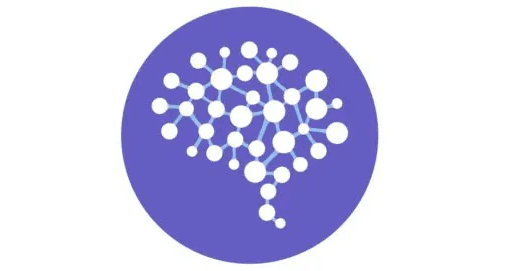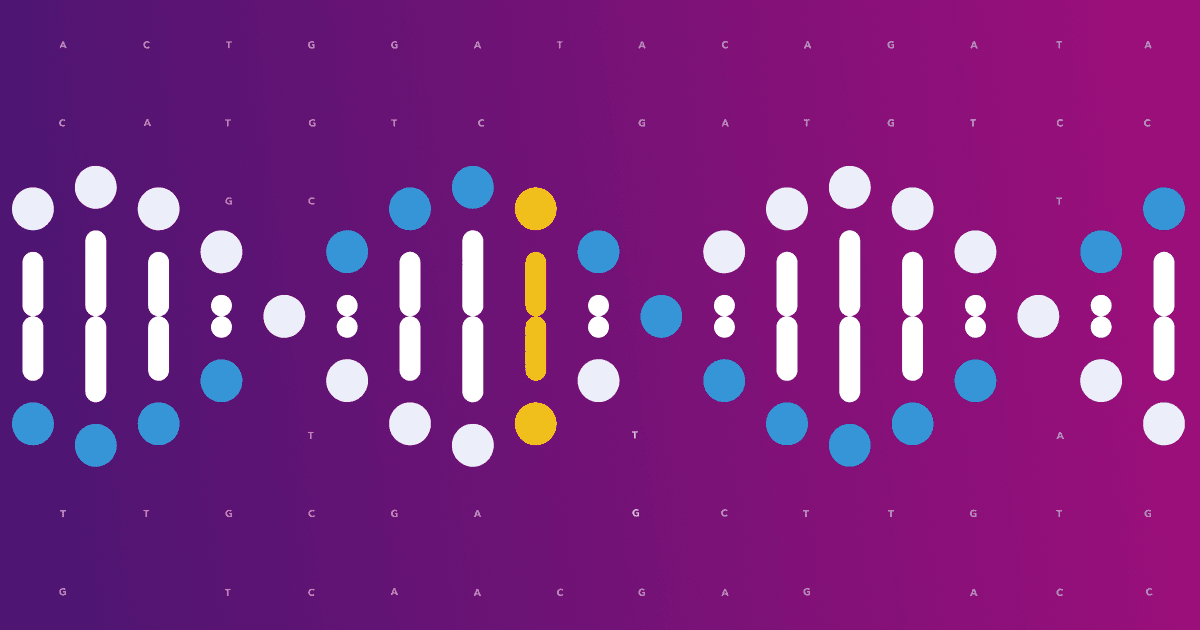In honor of Lung Cancer Awareness Month, we’re spotlighting a new episode of the Lost Women of Science podcast that shares the story of Susan Wojcicki — mother of five and former CEO of YouTube. When Susan was diagnosed with non-small cell lung cancer at age 54, she sprang into action — gaining knowledge of the disease and funding research, including the Lung Cancer Genetics Study. This podcast features her sisters, Janet Wojcicki, professor of pediatrics and epidemiology at the University of California, San Francisco, and Anne Wojcicki, founder and CEO of the 23andMe Research Institute, who reflect on Susan’s experience and the questions it raised. Susan’s story and the experiences of other patients can teach us a lot about lung cancer.
Anyone With Lungs Can Get Lung Cancer: Breaking the Smoking Myth
In a posthumous blog post, Susan wrote about the shock of her diagnosis. At the time, she was otherwise healthy and active. Her childhood friend Joanna Strober explained, “Susan led the most healthy life. She didn’t eat sugar, she was very careful about exercising every day…. She was doing everything she possibly could to stay healthy.” Like many people without a history of exposure to tobacco smoke, Susan never considered that she might be at risk of lung cancer. Yet she became one of the 15–20% of people diagnosed with lung cancer who have never smoked — two-thirds of whom are women.
Susan’s surprise at her diagnosis is not unique. Public health campaigns have effectively raised awareness about the link between tobacco smoke and lung cancer risk. But they have also contributed to a myth: that tobacco exposure is the only meaningful risk factor. In reality, many factors can impact lung cancer risk — including genetics, other health conditions, or exposure to substances like air pollution or radon gas. This misconception about tobacco smoke can be so strong that it affects even medical professionals with decades of experience. Dr. James Fanale, a retired geriatrician and former CEO and president of Care New England, one of the largest health systems in Rhode Island, shared:
As an experienced physician, I was shocked when my three-month cough resulted in a diagnosis of stage 4 non-small cell lung cancer. Always healthy and in good physical condition, it came as quite a surprise. I should have recognized the signs but, even then, I had progressive disease.
Stories like Susan’s and Dr. Fanale’s underscore a critical truth: anyone with lungs can get lung cancer, and its causes are more complex than many of us realize.
Symptoms: It Doesn’t Always Look like Lung Cancer
Another misconception? That lung cancer always causes obvious lung symptoms. While this is sometimes true, many people — including Susan — have no respiratory symptoms or even any symptoms at all. While lung cancer can cause symptoms at any stage, patients are more likely to experience symptoms when the disease is at an advanced or extensive stage, meaning the cancer has already spread to other organs. While Dr. Fanale was diagnosed after experiencing a cough that wouldn’t go away, Susan’s only symptom was pain in her hip, which she thought came from exercising too much. In reality, her cancer had spread to her bones. Even after Susan’s stage 4 diagnosis, her doctor didn’t hear anything abnormal in her lungs.
| The most common lung cancer symptoms according to the American Cancer Society | |
|
|
| Signs and symptoms of lung cancer that has spread | |
|
|
Research also shows that symptoms can vary widely among patients. A 2020 study of nearly 10,000 people in Spain diagnosed with lung cancer found that the most common symptoms at diagnosis were cough, pain, shortness of breath (also called dyspnea), and weight loss. However, each of these symptoms were present in one-third of patients or less — there was not a single telltale symptom present in a majority of patients. These findings underscore that the presence or absence of certain symptoms is not enough to rule out a diagnosis of the disease.
And because many lung cancer symptoms overlap with symptoms of other conditions, like pneumonia, asthma, or even acid reflux, diagnosis of the disease can be even more challenging. While Susan’s cancer was detected on an MRI she received because of her hip pain, the non-specific nature of lung cancer symptoms and the mistaken idea that smoking is the only risk factor can lead to delayed diagnosis for many patients.
Unlike Susan, some people have no symptoms whatsoever. The 2020 Spanish study found that more than 30% of patients had no symptoms when they were diagnosed. This number increased to more than 50% when patients were diagnosed at an early stage, before the disease had spread. Yovana Maria Portillo, a lung cancer patient advocate, experienced a similar diagnosis. She was shocked when she was diagnosed at age 35 — without risk factors — after receiving a scan following a car accident. “Having discovered it at stage 1 feels like I had lung cancer handed to me on a silver platter,” Yovana says. Now several years post-diagnosis, she has married and became a parent. “Without the car accident which led to early detection, who knows what may have happened.”
Yovana’s story shows how critical early detection can be. When symptoms appear, lung cancer is more likely to have already spread and be more difficult to treat. In contrast, people diagnosed with early-stage lung cancer tend to live longer or can even be cured.
Closing the Gaps in Lung Cancer Screening
Like with some other types of cancer, there is a way to screen for lung cancer: a low-dose CT scan (LDCT). Current US guidelines recommend screening for people ages 50–80 with a 20-pack-year smoking history who currently smoke or have quit within the past 15 years.
Unfortunately, the vast majority of people who are eligible for lung cancer screening don’t receive it. A recent study in the Journal of the American Medical Association (JAMA) found that only 19% of eligible people are up-to-date on lung cancer screening. However, if everyone eligible were routinely screened, more than 60,000 lives could be saved by 2030. Much work remains to ensure everyone eligible for screening knows about and has access to this life-saving healthcare measure.
Even more troubling than low screening rates: more than half of people diagnosed with lung cancer would not be eligible for screening under current guidelines — including people like Susan, Dr. Fanale, and Yovana. This means that today’s system misses many of those at risk. Closing these gaps in screening eligibility could significantly improve outcomes and save thousands of lives each year. For example, the recent JAMA study estimates that extending screening to individuals with any history of smoking could prevent up to 30,000 additional deaths by 2030.
To further improve early detection, however, we need a clearer understanding of who is vulnerable and why.
Why We Need More Research
After Susan’s diagnosis, she and her family searched for answers. They tested their homes for radon — an odorless, colorless, radioactive gas that can build up inside buildings and trigger mutations inside the lungs. Susan also had comprehensive genetic testing to look for heritable DNA changes linked to cancer. One such mutation is found in the EGFR gene and measurably increases individuals’ lung cancer risk (much like BRCA mutations in heritable breast cancer). But neither of these efforts found anything that explained Susan’s diagnosis.
For many patients, the cause likely isn’t one thing — it’s an interplay of genetics, environment, and lifestyle factors we still don’t fully understand. For example, we don’t yet know why 80–90 percent of people with a history of smoking never develop lung cancer. Is it possible something about their genetics protects them from harmful exposures?
These are the kinds of questions the Lung Cancer Genetics Study aims to answer. A collaboration between Troper Wojcicki Philanthropies, the 23andMe Research Institute, and more than 20 lung cancer advocacy organizations, the study will examine data on tumor and heritable genetics alongside environmental exposure data. Greater understanding of the role genetics and lifestyle factors play in lung cancer may help researchers identify risk factors and could be a step towards improving screening and identifying those at risk earlier. As Dr. Fanale notes, “Improvement in early detection and access to treatment is absolutely necessary. The 23andMe Lung Cancer Genetics Study sets us on this path.”
Susan’s Legacy Lives On
Just as the Lung Cancer Genetics Study was taking off, Susan’s health declined, and she passed away in August 2024. Her legacy, however, continues through this initiative she helped spark. Her drive to create something lasting and transformative reflects her commitment to patients, families, and future generations.
Today, the Lung Cancer Genetics Study stands as a beacon of hope in lung cancer research. By bringing together patients, families, and the scientific community, it holds the promise of uncovering insights that could reshape the future of lung cancer care.You can learn more about the 23andMe Research Institute study, our collaborators, and eligibility criteria at the study website: https://www.23andme.com/lung-cancer/.



